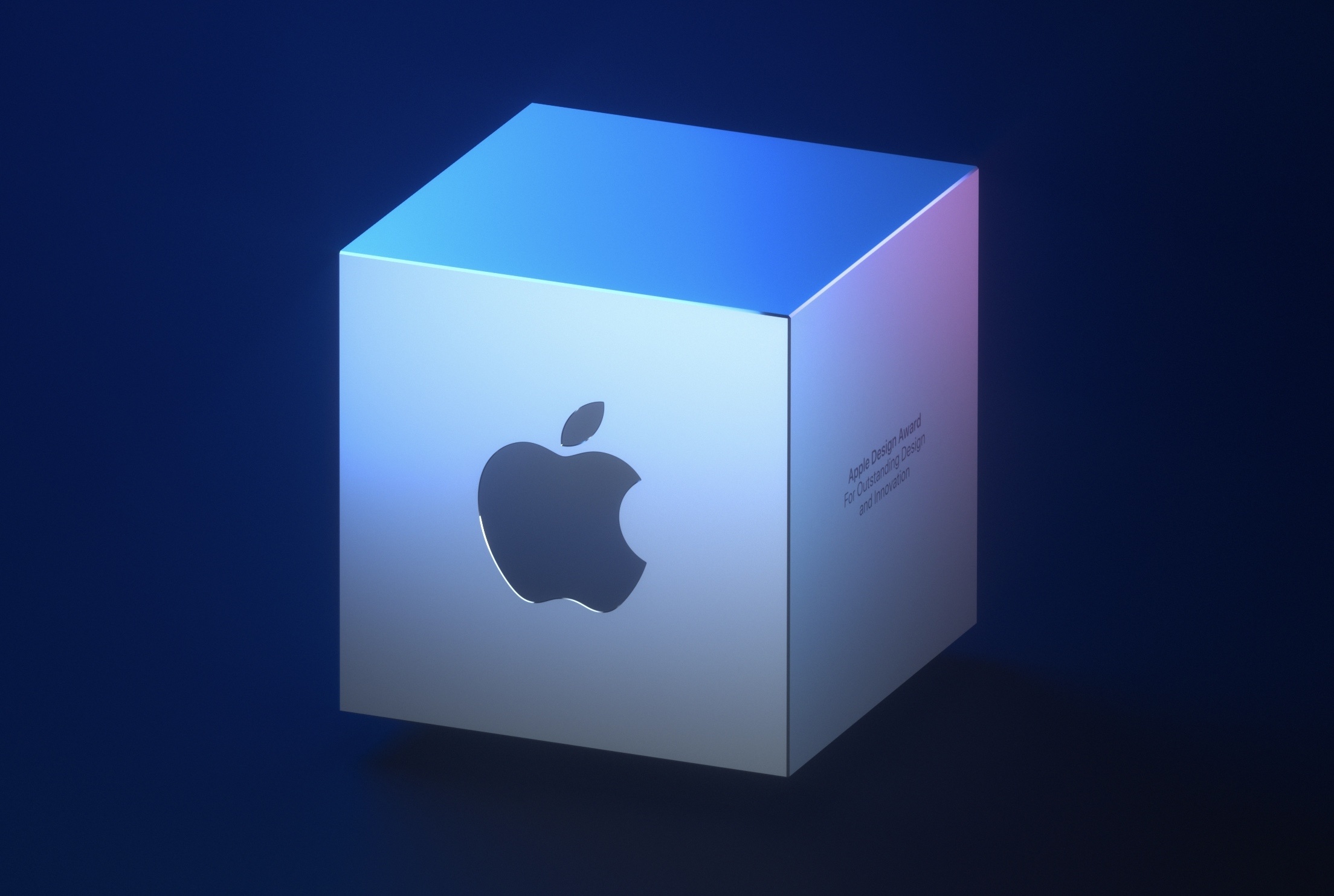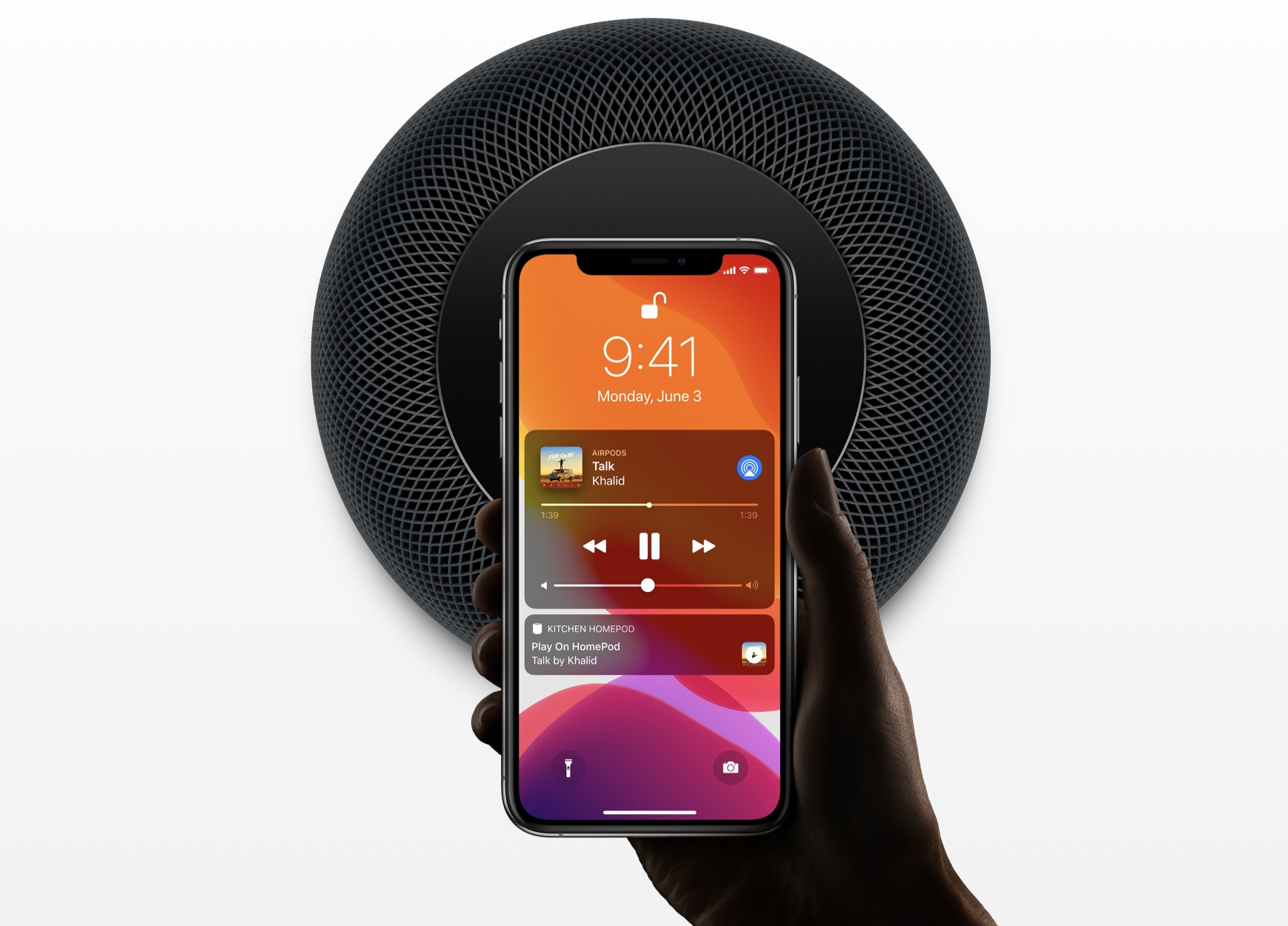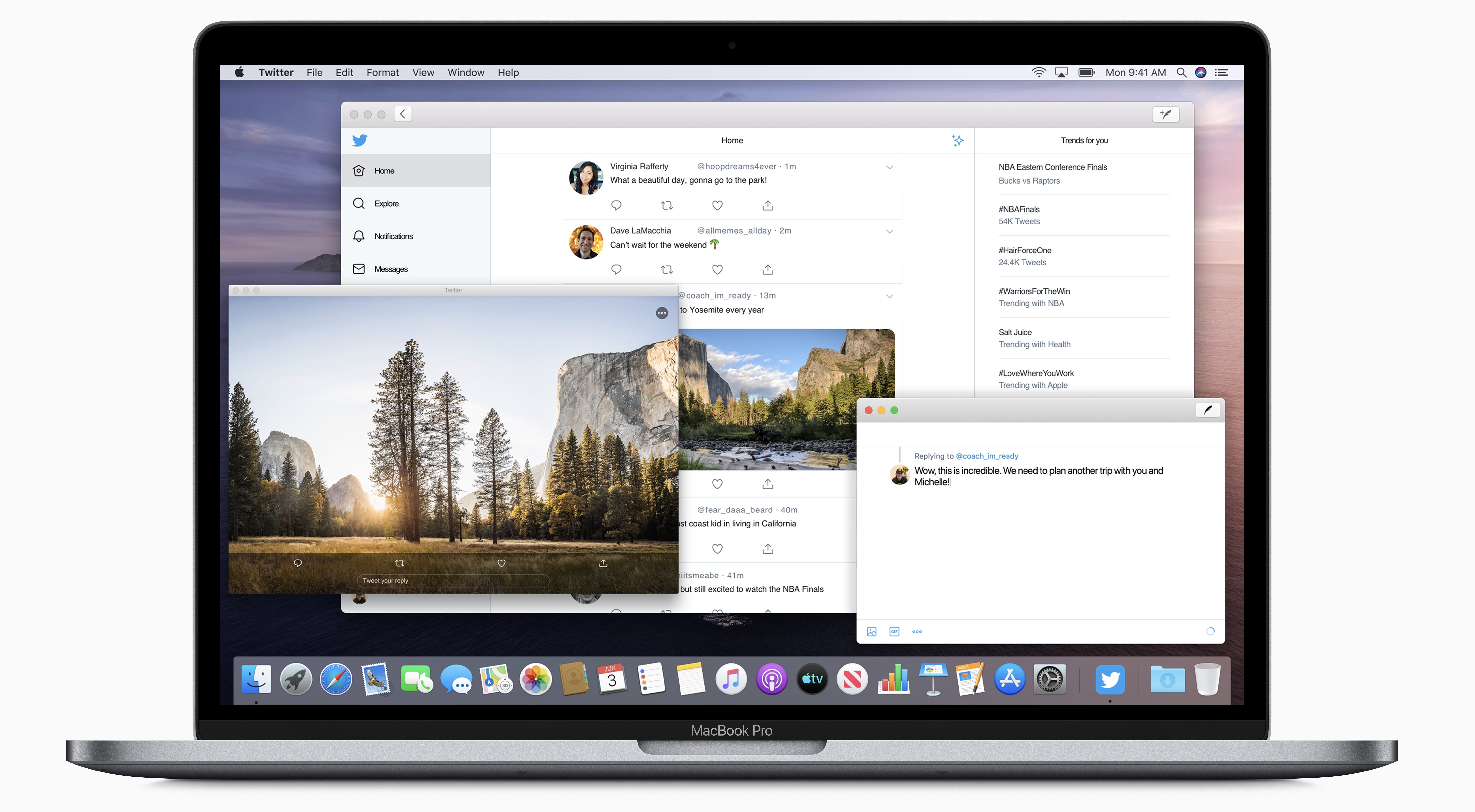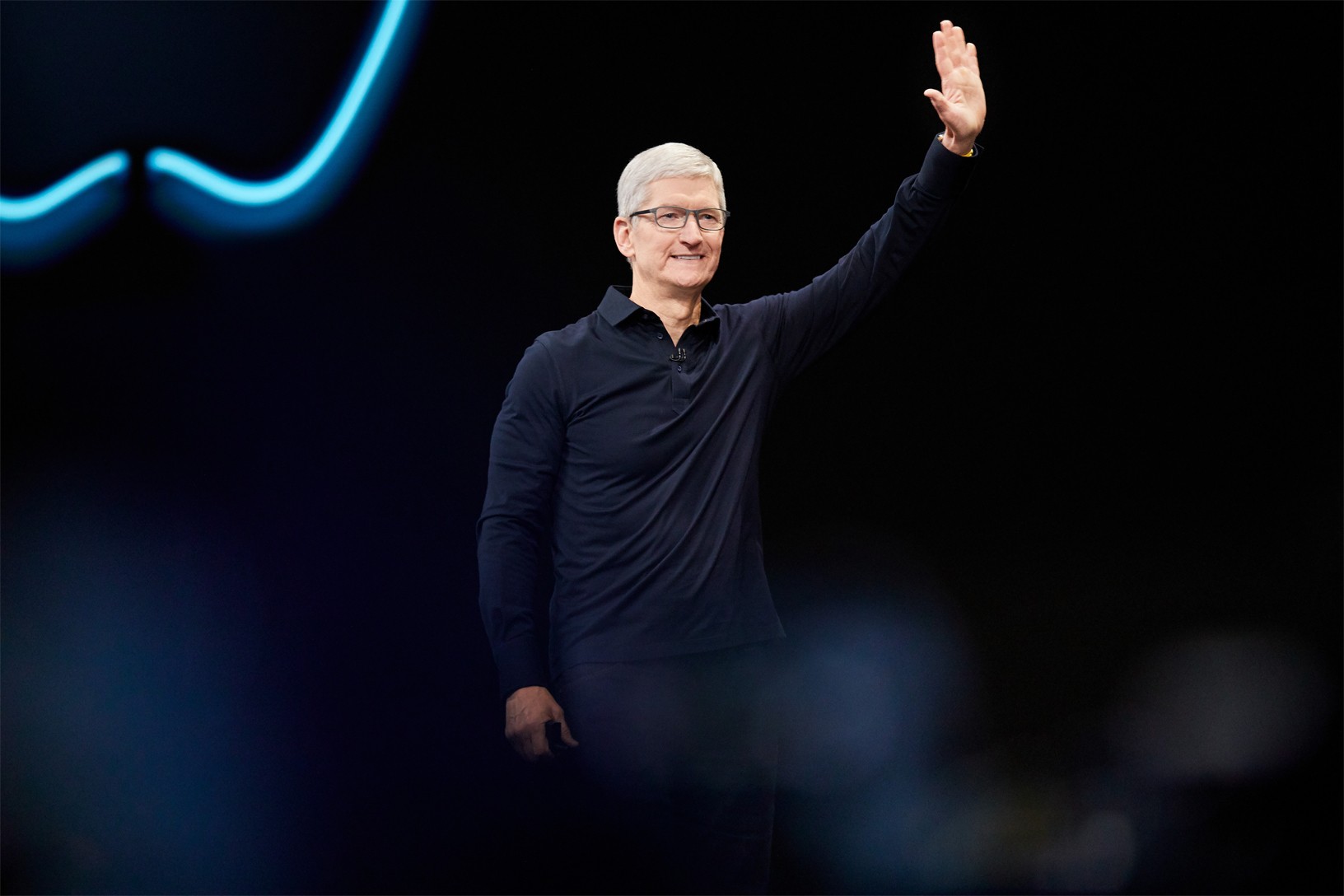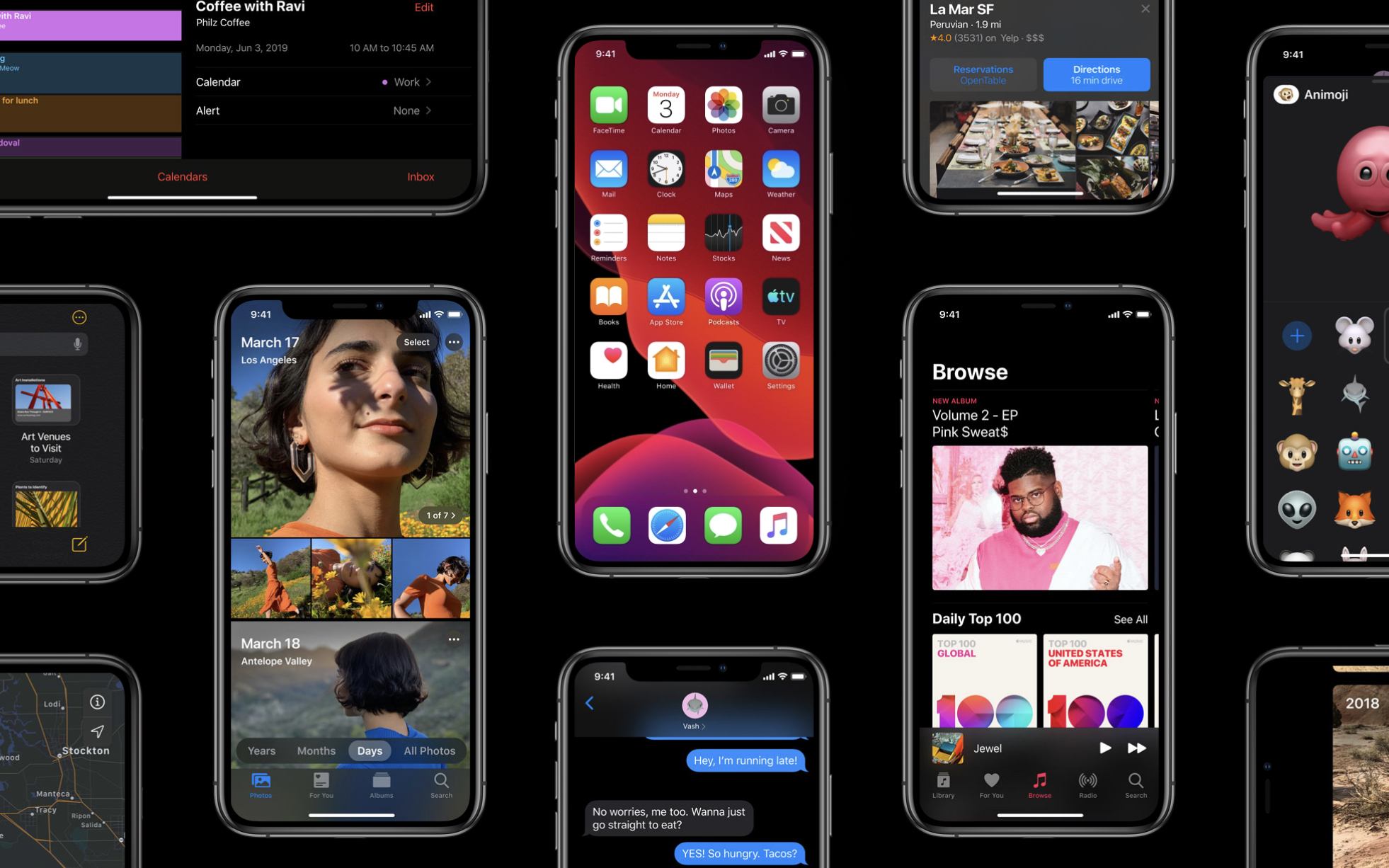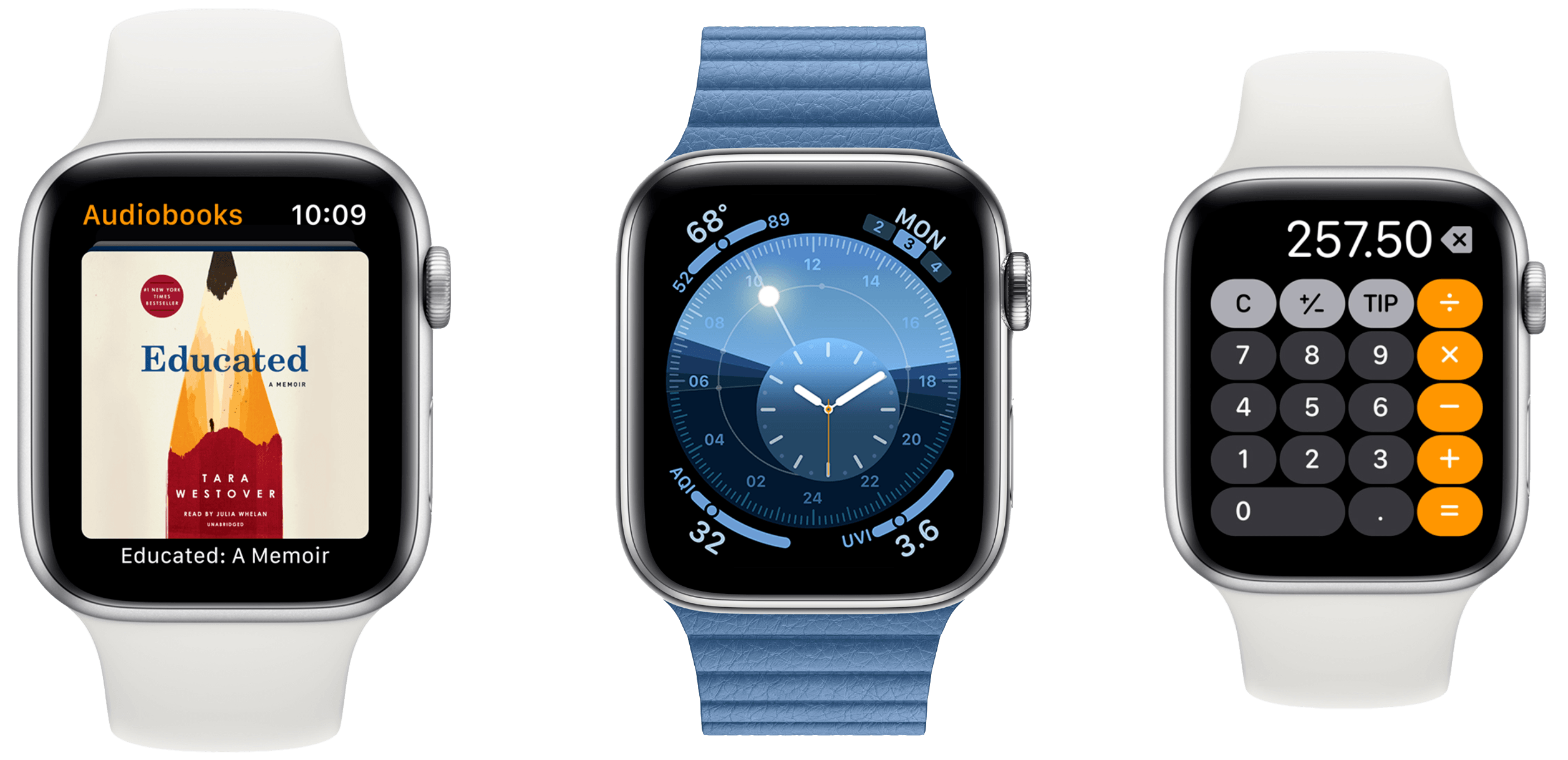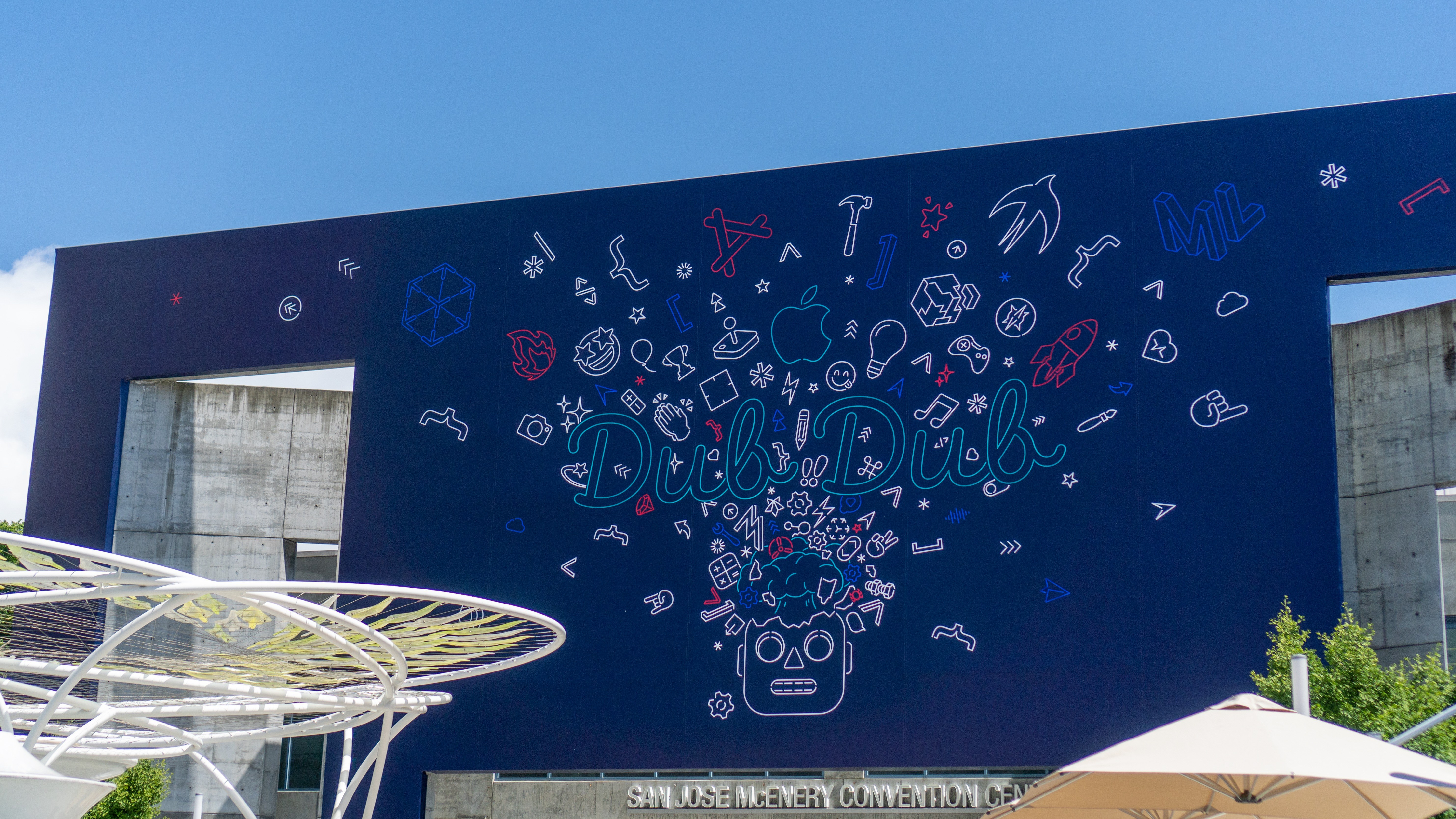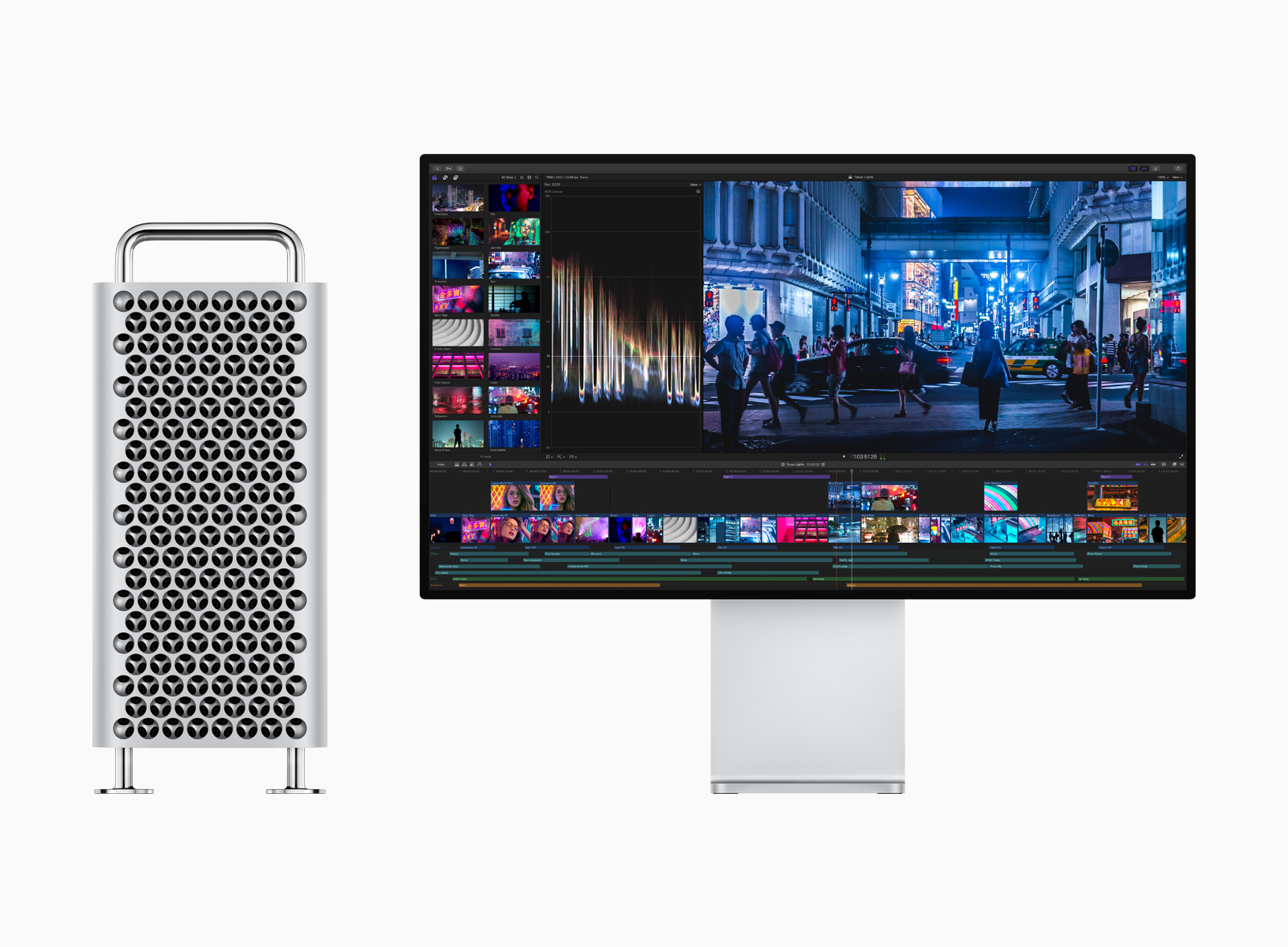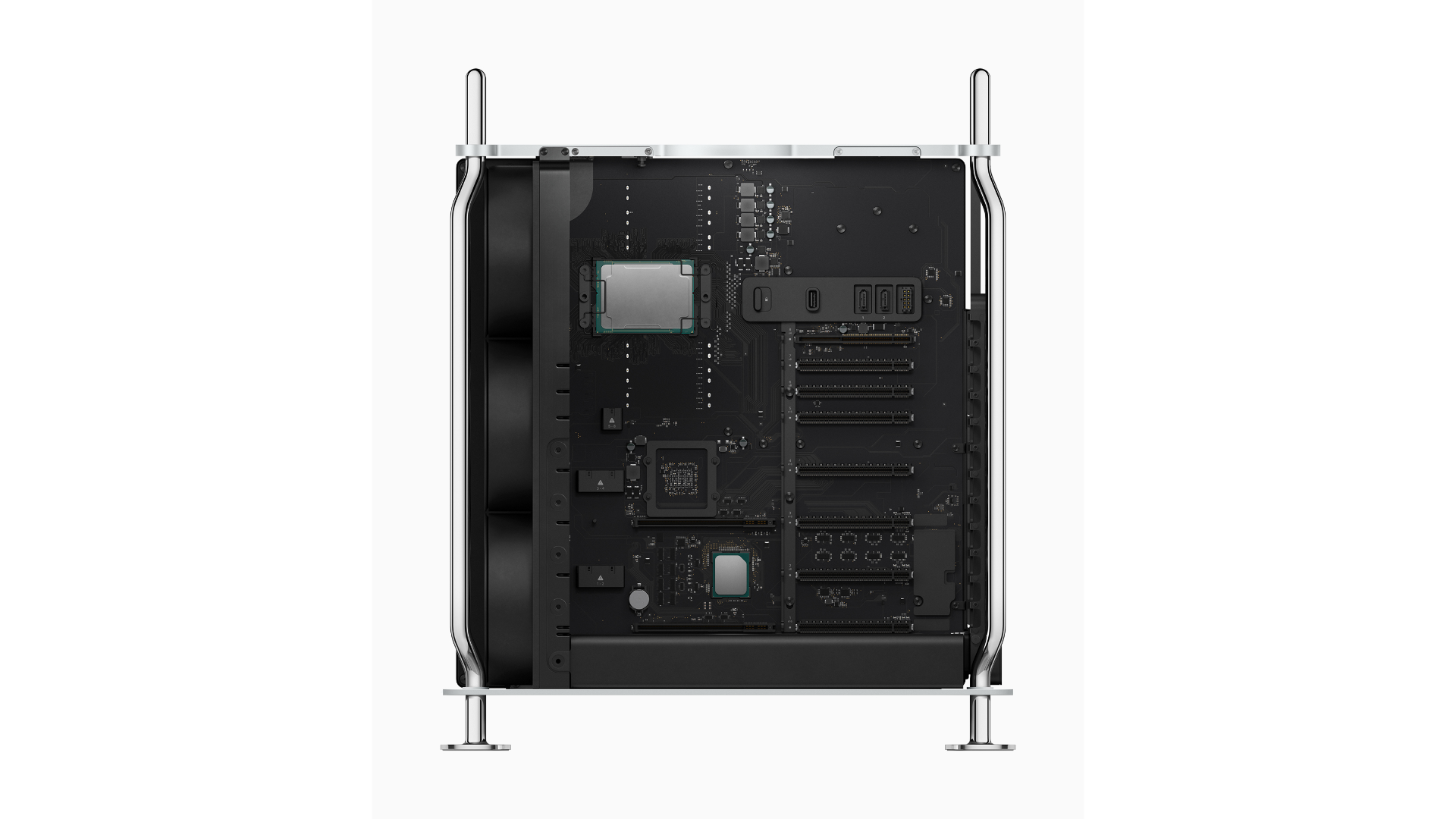Topping off a jam-packed day full of exciting software announcements, Apple hosted the 2019 Apple Design Awards at WWDC last night.
Apple Design Awards 2019 Winners Announced
HomePod Gaining Multi-Voice Support and Handoff, AirPods Add Audio Sharing and More
Amid yesterday’s packed WWDC keynote, where iOS 13, iPadOS, the new Mac Pro, and more were announced, Apple also shared a few exciting updates coming this fall for its music-focused accessory products: HomePod and AirPods. The HomePod will soon support multiple users, a new Handoff feature, and radio apps, while AirPods will gain audio sharing and a special Siri feature for messaging.
Dialog Season 1, Episode 2: A Conversation with John Gruber
Today, we published the second episode of Dialog Season 1 (called ‘Writers and Writing’) featuring the first part of a conversation with Daring Fireball’s John Gruber.
You can find the episode here or listen through the Dialog web player below.
I’d like to provide some context around this interview as John Gruber was one of the first names I thought of when my colleague John pitched the original idea for Dialog months ago.
When I started MacStories 10 years ago, Daring Fireball was one of my main sources of inspiration: I was incredibly fascinated by the idea that a single person – more than a blogger, a writer – could share his opinions about Apple and technology on a website that was so clearly attached to his name. Gruber’s columns and original in-depth software reviews were the blueprints upon which I modeled my writing for MacStories: at the time, I felt that, even though English was not my primary language, I could at least try to do the same, but for iPhone apps and the modern age of the App Store and iOS developers.
Of course, as I shared for our tenth anniversary coverage in April, MacStories’ style and scope changed throughout the years: I realized I didn’t want to run a single-person website anymore and we expanded to newsletters and, most recently, podcast production. However, two of the underlying principles that I observed in Daring Fireball a decade ago still inspire my work and MacStories to this day: MacStories is a website by Federico Viticci and Friends (it’s right there in the logo), and I want to publish longform, personal opinion columns in addition to news, app reviews, and links.
John Gruber and Daring Fireball created a framework for other independent online writers to follow in the late 2000s, particularly in the Apple community. From this very website to 512 Pixels or Six Colors, I genuinely believe we owe a lot to John Gruber’s experiments with online ads, sponsors, memberships, and merch – ideas that, in many ways, he pioneered over 15 years ago when it was uncommon and, to an extent, perhaps even frowned upon – to try and monetize an “indie site” on the open web.
In this week’s episode of Dialog, we asked John to tell the story of his first experiences as a writer (and later editor-in-chief) of the school newspaper at Drexel, where he majored in computer science. That intersection of programming and in-depth, opinionated writing ended up shaping John’s entire career as a freelancer, documentation writer at Bare Bones Software, and, finally, independent writer at Daring Fireball. In addition to contextualizing John’s experiences as a newspaper columnist and editor in the early 90s, in the interview we covered topics such as the role of luck and privilege, how Daring Fireball’s beginnings can be traced back to Apple’s renaissance with the iPod, and, of course, the business of writing online and how he sees the influence of Daring Fireball over the indie Apple community.
I’m happy we were able to interview John for this first season of Dialog, and I like how the entire conversation turned out. It’s inspiring to hear the backstory of Daring Fireball and the core ideas at the foundation of one of the most successful indie websites on the Internet. In Part 2 of this interview, out next week, we’ll continue to dig deeper into the business of Daring Fireball, how John makes a distinction between linked posts and regular columns, his podcast The Talk Show, and, of course Markdown.
If you haven’t subscribed to Dialog yet, now’s a good time to do so. You can listen to the first part of our interview with John Gruber here, and subscribe to Dialog so you’ll instantly receive Part 2 when it drops next week.
Project Catalyst Enables Bringing iPad Apps to the Mac
Yesterday at Apple’s biggest developer event of the year, the company shared details on a project that was teased last WWDC, and has been the subject of endless speculation ever since. Codenamed Marzipan, but announced as Catalyst, the project promises a new, easier way for developers to bring iPad apps to the Mac.
Apple Publishes Video from WWDC 2019 Keynote
Yesterday Apple kicked off the week-long WWDC in the usual way: with a keynote announcing details on the latest versions of iOS, macOS, and more. This year’s keynote brought a handful of big surprises, like iPadOS, a new developer framework called SwiftUI, and pricing and release information for the new Mac Pro and pro display.
The full keynote video, spanning over two hours in length, is available now on Apple’s website. If you missed the livestream yesterday, or even if you just want to re-watch certain segments because Apple’s presenters blazed through their content at times, now you can do that.
You can also follow all of our WWDC coverage through our WWDC 2019 hub, or subscribe to the dedicated WWDC 2019 RSS feed.
iOS 13: The MacStories Overview
iOS 13 is the latest major version of Apple’s mobile software platform, unveiled earlier today during the company’s WWDC keynote. Contrasting with last year’s iOS 12, which focused largely on performance improvements and brought fewer new features than usual, iOS 13 promises to continue the theme of strong performance while also adding a wide array of enhancements across the board. From a systemwide dark mode, updates to Shortcuts, a long-awaited redesign for Reminders, enhancements to an unprecedented number of system apps, and much more, there is a lot to take in here.
What’s not included in iOS 13 is iPad-specific updates, but that’s because Apple has split off the iPad’s version of iOS into its own dedicated software platform: iPadOS, which you can read our complete overview of here.
As for iOS 13, despite not including the variety of iPad improvements Apple has built, it remains a substantial release meant to take the mobile computing experience to a whole new level. Let’s dive in.
watchOS 6: The MacStories Overview
Today at Apple’s annual WWDC keynote address in San Jose, California, Tim Cook took the stage to announce the latest update to Apple’s smartwatch operating system. watchOS 6 is coming this fall, and boasts a number of big changes. Most significantly, watchOS 6 makes progress on the independence of the Apple Watch from the iPhone, adds a number of new APIs and health features, and includes an all-new native UI framework for developers.
WWDC 2019 Keynote: By the Numbers
Every time Apple holds a keynote event, the company shares a variety of numbers related to things like user counts for certain products, software performance improvements, and customer satisfaction. With the company announcing the future of key platforms like iOS, macOS, watchOS, tvOS, and the all-new iPadOS today, there was unsurprisingly a lot of data mentioned at today’s WWDC event.
We’ve collected some of the most interesting numbers shared on-stage during the keynote and on Apple’s product pages:
iOS, iPadOS, and macOS
- iOS has a 97% customer satisfaction rating
- 85% of iOS users have updated to iOS 12 compared to 10% of Android users on the latest version
- iOS devices will unlock 30% faster with Face ID on iOS 13
- iOS 13 downloads will be up to 50% smaller and updates 60% smaller than previously
- Apps will launch up to twice as fast as before
- Apple Pencil latency will be reduced to 9 milliseconds
- Sidecar will work wirelessly within 10 meters
- 100,000 radio stations will be available on HomePod
- There are over 450,000 apps on the App Store built using Swift
Mac Pro
- Up to 28 cores
- 8 expansion slots
- 64 PCI Express lanes
- Can handle 3 streams of 8K ProRes RAW video and 12 streams of ProRes 4K video
- 1.4 kilowatt power supply
- Up to 56 teraflops of graphics performance
- Up to 1.5TB of system memory on 12 DIMMs
- Up to 4TB of internal storage
- Up to 6.3 billion pixels processed per second
- Users can connect up to 6 Pro Display XDRs, which would cost up to $42,000
Pro Display XDR
- Maximum 1,600 nits
- 1,000,000:1 contrast ratio
- 20 million pixels
- 40% more screen real estate than 5K Retina display
- 10-bit color
- Over 1 billion colors
You can also follow all of our WWDC coverage through our WWDC 2019 hub, or subscribe to the dedicated WWDC 2019 RSS feed
Apple Shows Off New Mac Pro and Pro Display XDR Coming in the Fall
During the keynote presentation at WWDC today, Apple previewed the long-awaited Mac Pro alongside a new 32-inch pro display. Both hardware announcements are aimed at professionals in fields like video compositing, 3D rendering, photography, and audio engineering.
Mac Pro
The Mac Pro is designed with performance and customization in mind. The computer’s design echoes the classic ‘cheese grater’ Mac’s shape, vent system, and handles. The frame of the Mac Pro is built from stainless steel, and the casing is aluminum. With a twist of a latch on the top of the computer, users can lift the case off using the two stainless steel handles to access internal components from all sides and install expansion cards.
The case also incorporates a lattice pattern to maximize airflow through the case. According to Apple, the three-dimensional interlocking hemisphere pattern simultaneously assists with airflow by maximizing surface area and makes the case rigid but lightweight. Optional wheels can be added to the case to make it easier to transport in a workspace.


